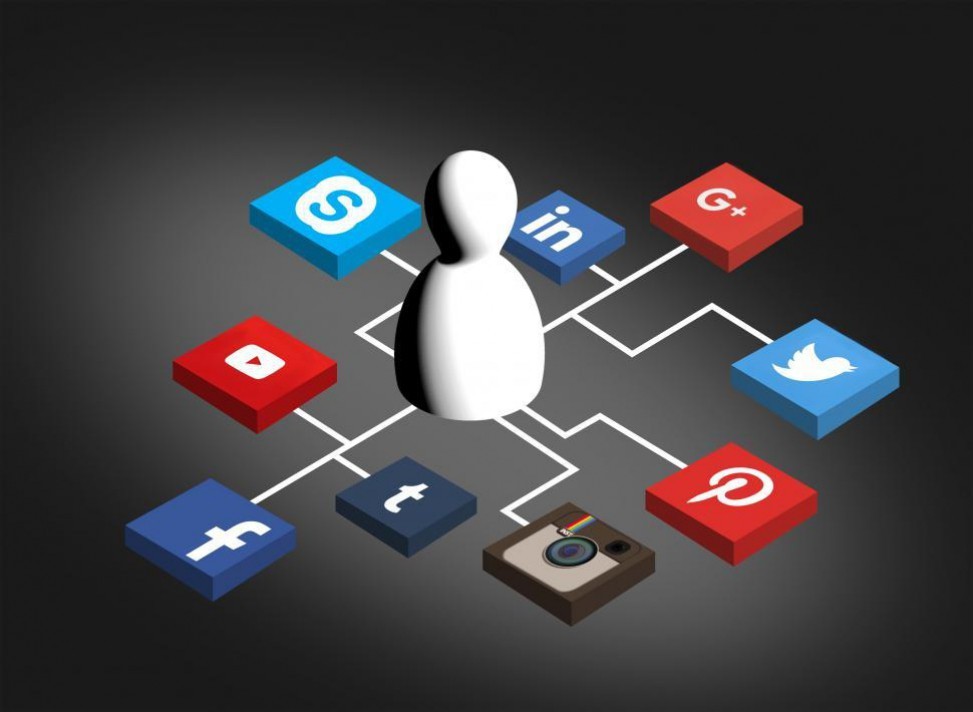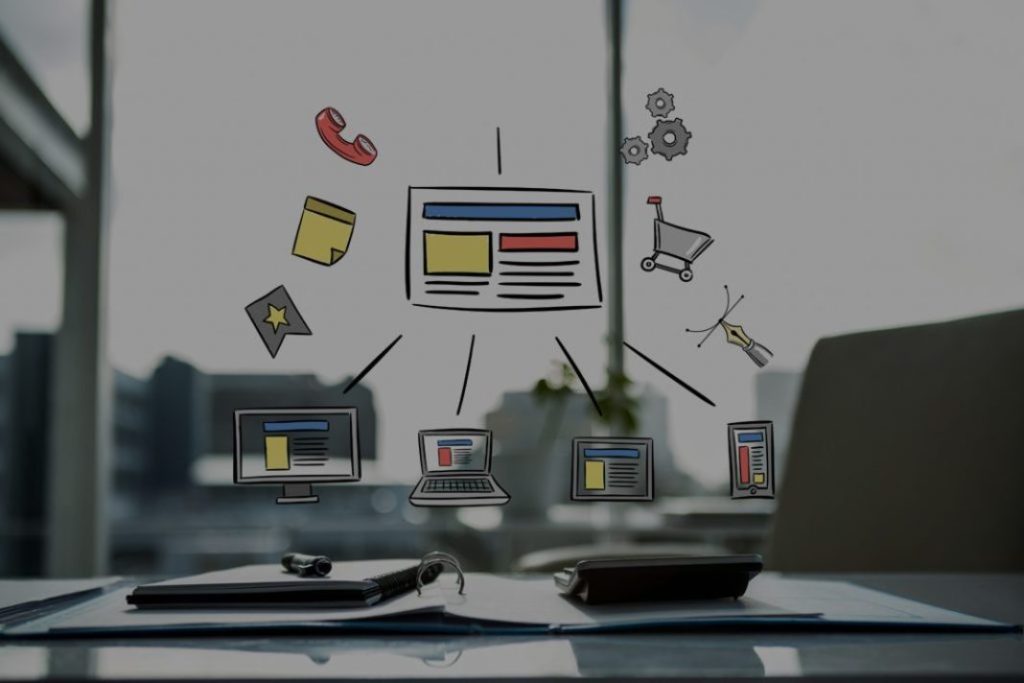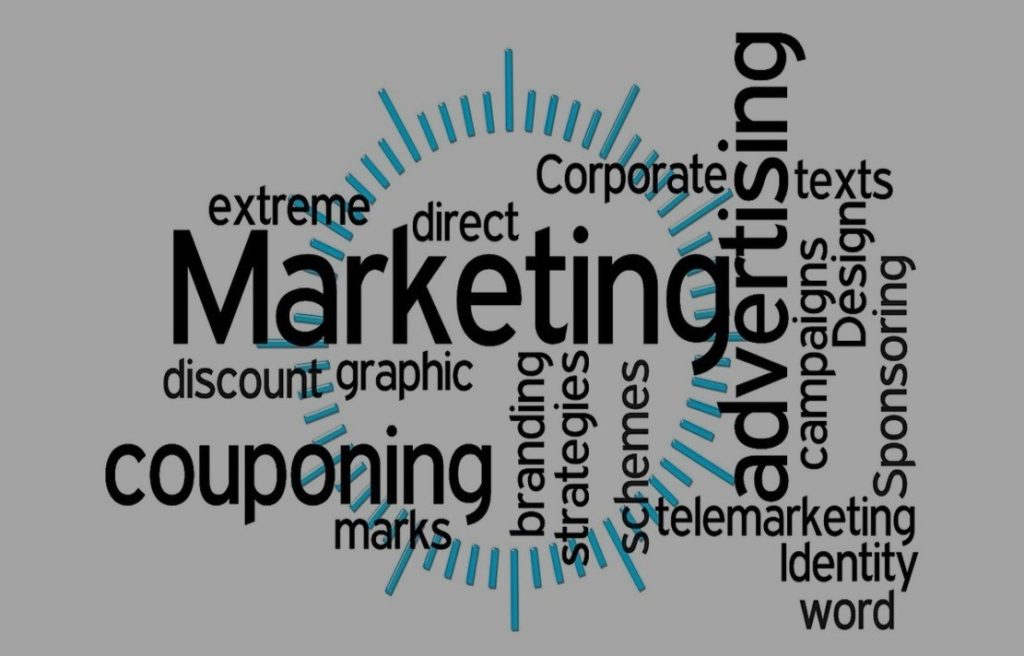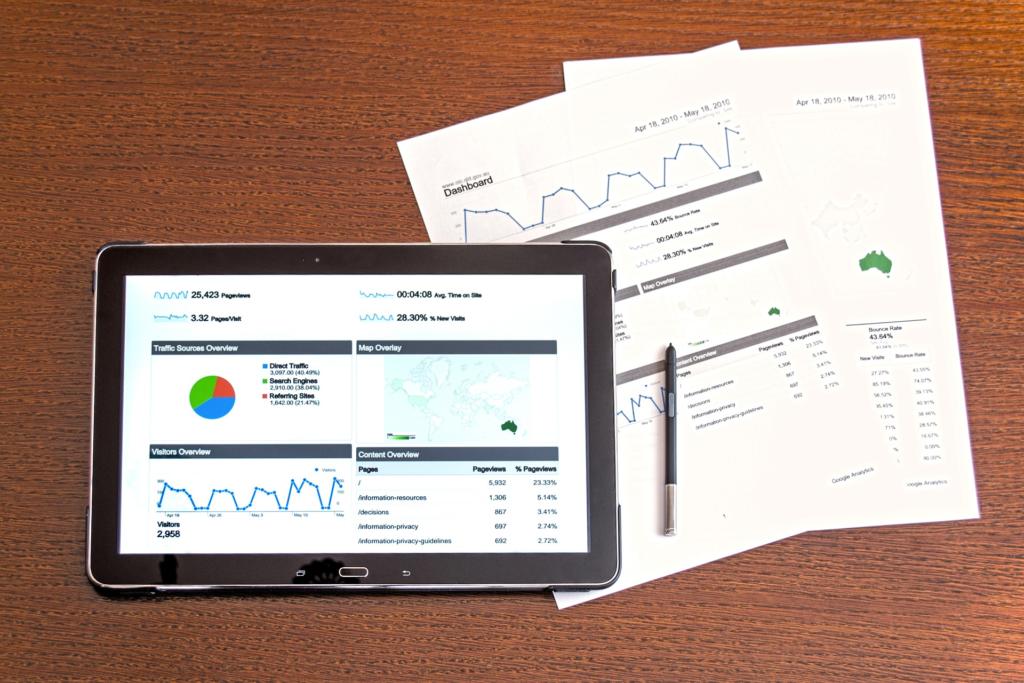Design, Manage & Optimize Multichannel B2B Content Strategies
This article explores the key components of a successful B2B content strategies including how to design, optimize multichannel content

Prelude
The modern B2B world businesses are witnessing transcendence – by raising their digitization games to showcase their products or services & by enhancing their web presence leveraging integrated approaches to build full-proof multichannel strategies for their marketing endeavors.
According to a research published by Gartner, B2B marketing campaigns that integrate four or more digital channels outlast those which assimilate only single or dual-channel programs by generating up to 300% more Return on Investment (ROI). Another research study by Gartner implies that 73% of the shoppers don’t entertain any direct contact by the salespeople from unknown organizations, rather prefer to contact the sales team themselves, once they are finished with extensive researches about the products or services that resonate with their pain points.
As the researching habits of the buying prospects have evolved, they have started using diverse platforms for research. While, the online methodologies of research range from different social media channels such as Facebook, Twitter, Pinterest, Instagram & Reddit to name a few; several search engines primarily Google, Bing & Yahoo, are also used by the prospects to culminate the research phases of their buying cycles. The offline methodologies of research involve attending to the B2B marketing events, reading newspapers, watching televisions, following niche-specific influencers & listening to the podcasts.
Besides, Word of Mouth Marketing (WOMM) i.e. reviews about a particular company on several review websites such as yelp.com, as well on the primary domain of a business & reviews about the buying experiences of the customers, also have decisive impacts on the buying decisions of the prospects.
So, in a highly competitive & evolving B2B backdrop, not only the marketers need to register their presence on as many marketing channels as possible, but also need to effectively integrate them to seamlessly measure the endeavors of their marketing campaigns across the diverse channels – so as to attract, engage & convert traffic from diverse referral sources. In the long & short of it, optimizing the experiences of prospects (UX) across omnichannel, often by opting for niche-specific targeting, targeting for specific geographies including regional/local areas & radii-based targeting or geotargeting have become essential components of any B2B content strategy.
Optimizing users’ experiences (UX) & tactfully guiding them down to their journeys in the sales funnel, helps the enterprises achieve their prime objectives of Conversion Rate Optimization (CRO). Moreover, the importance of multichannel marketing has amplified as users tend to research several times before making a final buying decision & the conventional sales funnel research process extends beyond the “Awareness Stage”.
Helping the prospects with their research & giving them hyper-targeted pieces of content, at each step of their buying cycles, not only helps in accelerating Return on Marketing Investment (ROMI) but also contributes to the marketers’ ultimate aim of optimized sales revenue. However, unfortunately majority of the marketers still fail to impeccably articulate their multichannel campaigns, often beyond three channels. Thus, the synchronicity between the omnichannel content strategies remains a major challenge & so does the co-ordination between the marketing & sales teams.
Matt Roberts, Digital Marketing & predictive Analytics Expert at Argos quoted the imperativeness of multi-channel marketing as follows:
“We have enough customer behavior signals (in the way they interact with our website and also off-site channels) to paint enough of a picture to give strong results and conversion metrics.”
Data harnessing & housekeeping from multichannel campaigns lies at the heart of impactful B2B content marketing practices. Furthermore, aligning the data from omnichannel with the intent data of the prospects (both first & third party data & the data encompassing the demographic, psychographic, firmographic, technographic, “fit-data” & the data from the digital footprints of the prospects as well as their researching habits) & with the Keystone metrics or the Key Performance Indicators (KPIs) of the organizations at large, helps the marketers in quantification of their multichannel content marketing endeavors, as well as in qualitatively asserting the relevance of the same to generate hyper-targeted campaigns (to attract, engage & convert the prospects).
One of the most frustrating aspects of creating a single data platform is amalgamating massive amounts of data into Excel Sheets, which makes data mining, interpretation & analysis a difficult task for companies providing B2B services, specifically for those operating in the realm of field sales. However, marketing automation platforms such as Salesforce Pardot, ActiveCampaign, Autopilot, HubSpot Marketing Automation, ONTRAPORT, SharpSpring, Sendinblue, Lead Liaison & Marketing 360, have made the task of amassing data from various points & sorting it based on the intent signals of prospects, much easier.
Data analysis & interpretation is much simpler with the help of the above-mentioned tools which leverage artificial intelligence & machine learning algorithms to derive insights for hyper-targeting marketing & quantification of insights from multichannel marketing campaigns. Most of these marketing automation platforms can be integrated with CRM tools & provide the scope for optimization of multichannel campaigns.
A research carried out by Dotmailer, across their client database revealed that the clients who used dynamic content strategies, split-tested & optimized them from time to time – after quantifying the successes of their multichannel content strategies, achieved better Open rates, Click-Through Rates (CTRs) & conversion rates as compared to their counterparts who neither quantified nor optimized their content strategies. Data-driven decision making by tracking multichannel endeavors helps the B2B marketers in tracking propensities for future purchases of prospects & helps them to build an integrated platform to extrapolate the precognitive buying behaviors of prospects. Accordingly, hyper-targeted campaigns can be designed & launched to attract, engage & convert the prospects.
Ways to Design, Manage & Optimize Multichannel Content Strategies
According to Paul Say, Director of Marketing, UK&I, Sage one needs to be crystal clear in defining the Key Performance Indicators (KPIs) related to businesses to optimize their marketing process. He added that because of the customers switching on to the cloud-based platforms, piles of transactional data is generated. However, it’s important for companies to streamline the data & use it only in conjunction with the most relevant business KPIs of an organization.
Architecting multichannel content strategies & designing campaigns according to the users’ psychographic habits utilizes the intent signals from the prospects to prepare an invisible armory to attract, engage, convert & retain them.
Let’s delve into some ways to design, manage & optimize all-encompassing, multichannel B2B content strategies, which have been listed below:
1. Generating specific pieces of content to match customer preferences:
Preparing a marketing preference center for effective communication can help the businesses in targeting their customers with their preferred types of content, using the permissible frequency rate allowed by the prospects. A preference center is a web page that allows the prospects to set their preferences, in terms of the types of content that they want to generate, about their preferred products or services & their preferred frequency for receiving emails or newsletters. The idea capitalizes upon the intent-based targeting of the prospects to attract, engage & convert the customers – instead of opting for a one-size-fits-it-all strategy.
A preference center prioritizes the requirements of the customers & facilitates the following:
- It gives the subscribers the option to prioritize the types of content that they want to receive
- It gives the prospects a say over the content format, size, design & even the specific HTML texts that they want to get highlighted
- It allows marketers to use predictive text, analytics & multi-touch attribution technics to optimize users’ experience (UX)
- The customers are allowed to modify their subscription over time viz. update their email addresses, contact information or even to reset their email preferences. According to Target Marketing Magazine, as much as 20 to 25% of the subscribers change their email addresses every year, owing to their job switches. Allowing customers to modify their preferences, helps the marketers in retaining the customers for longer.
- Value
- Convenience &
- Delivery
- Welcome Emails (For welcoming the new customer as well as for the returning customers who long in after a long interval of time, for promoting special offers to some key customers & when indifferent purchasing activities are spotted)
- Emails with Generic Pieces of information (Examples include: Subject Matter Guides, other information such as how-to-guides & e-books & those addressing issues about legislative compliances, GDPR guidelines or subject-based knowledge guides)
- Product Emails (These emails are specifically those about product-specific campaigns. These often also have discount offers)
- Special & Seasonal Offers (These emails publicize special discounts being given on particular products or services & often also include the Seasonal Offers & discounts being given on specific days or during specific times in a year)
Conclusion
Multichannel content strategy is an essential element of B2B marketing, having the following advantages:- It allows them to retain accurate, comprehensive & regularly updated customer information
- By seamless integration between marketing, sales & website & automation platforms for email synchronicity is established for optimized conversions through omnichannel content marketing
- The multichannel content strategy assures that the marketers provide relevant content at regular intervals to the prospects on their preferred platforms
- Hyper-personalized pieces of content based on the intent signals of prospects mean that prospects always have regular, interesting & relevant content at their disposal which is creative & inspiring enough to entice them to take relevant actions meant for the optimization of the sales conversions
- Multichannel content strategy can be regularly monitored & optimized



